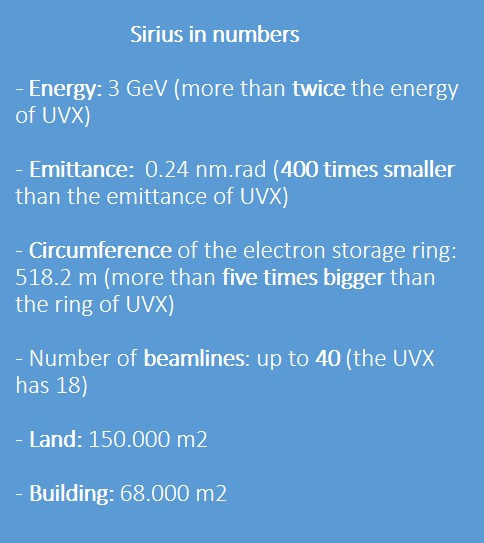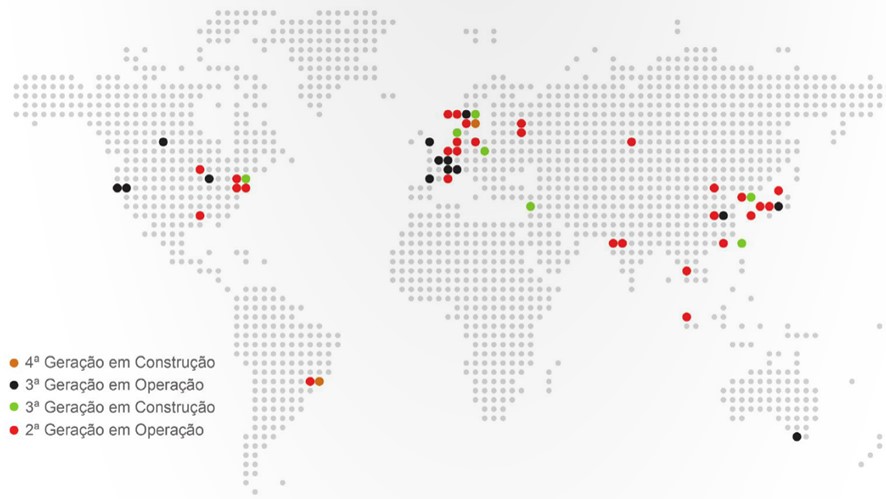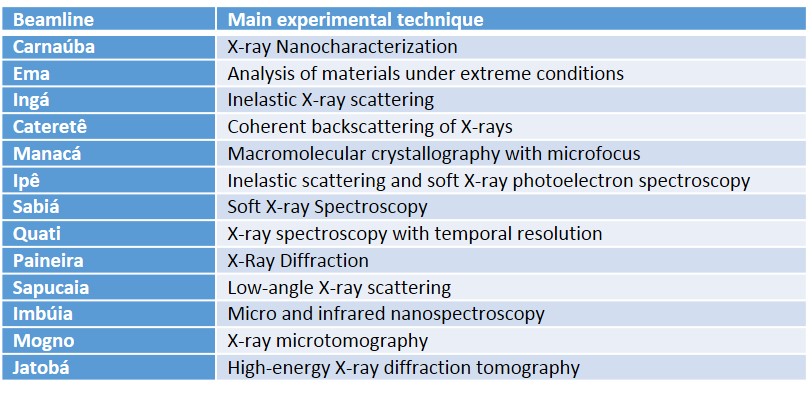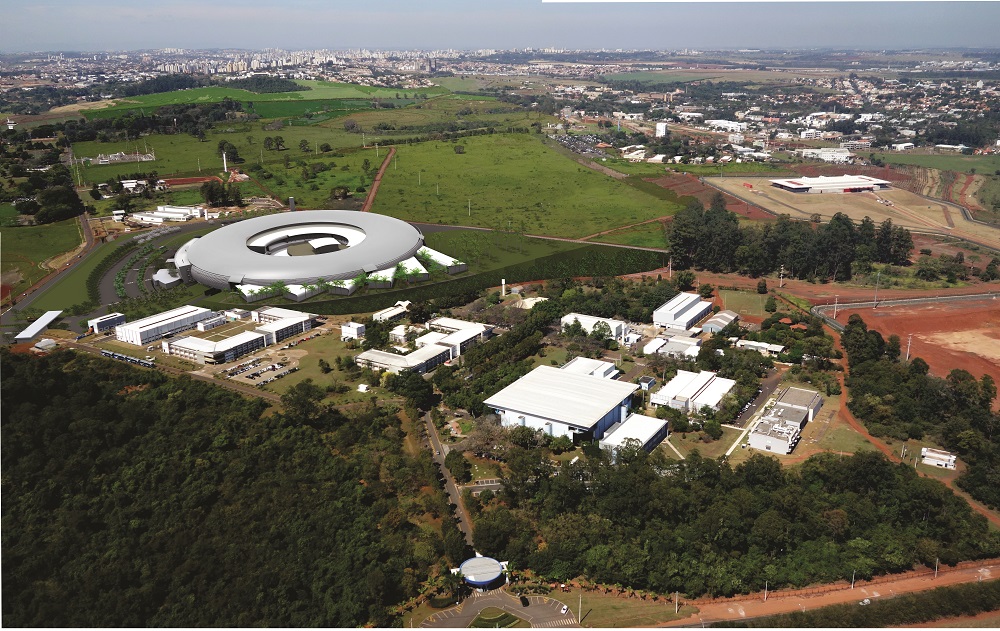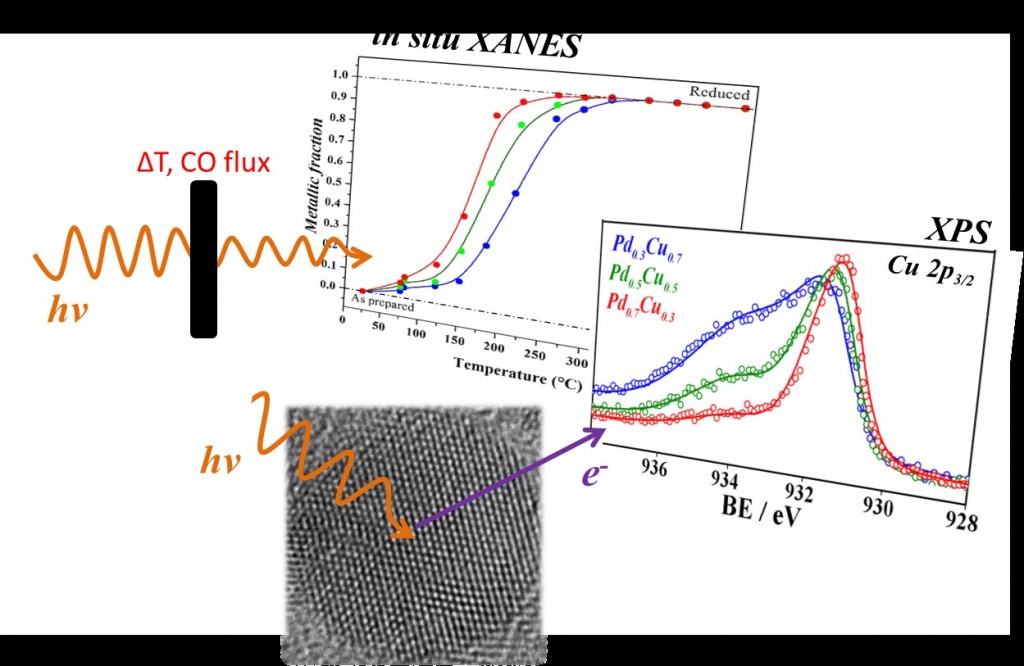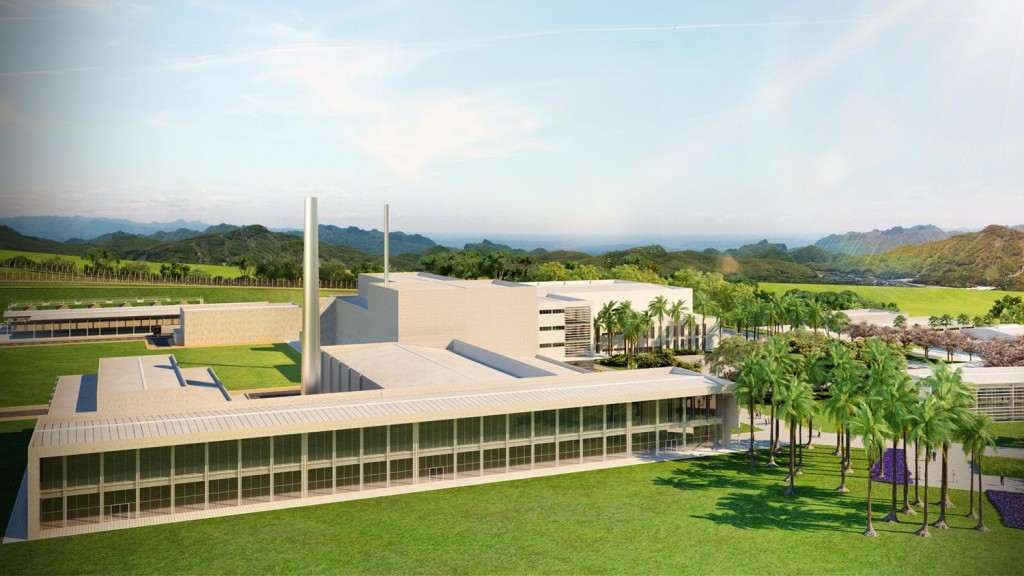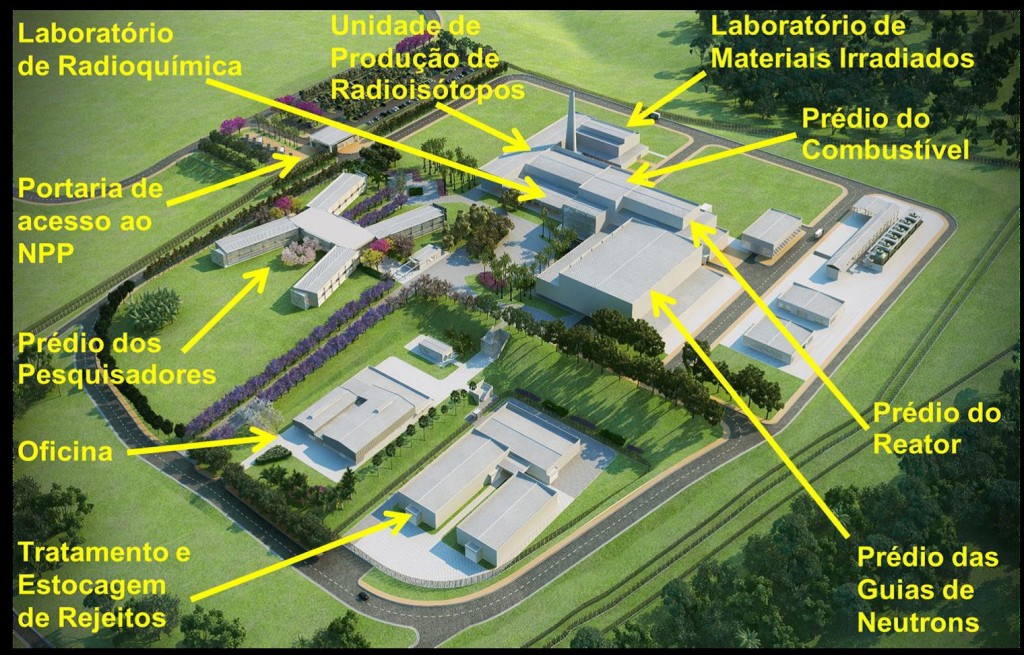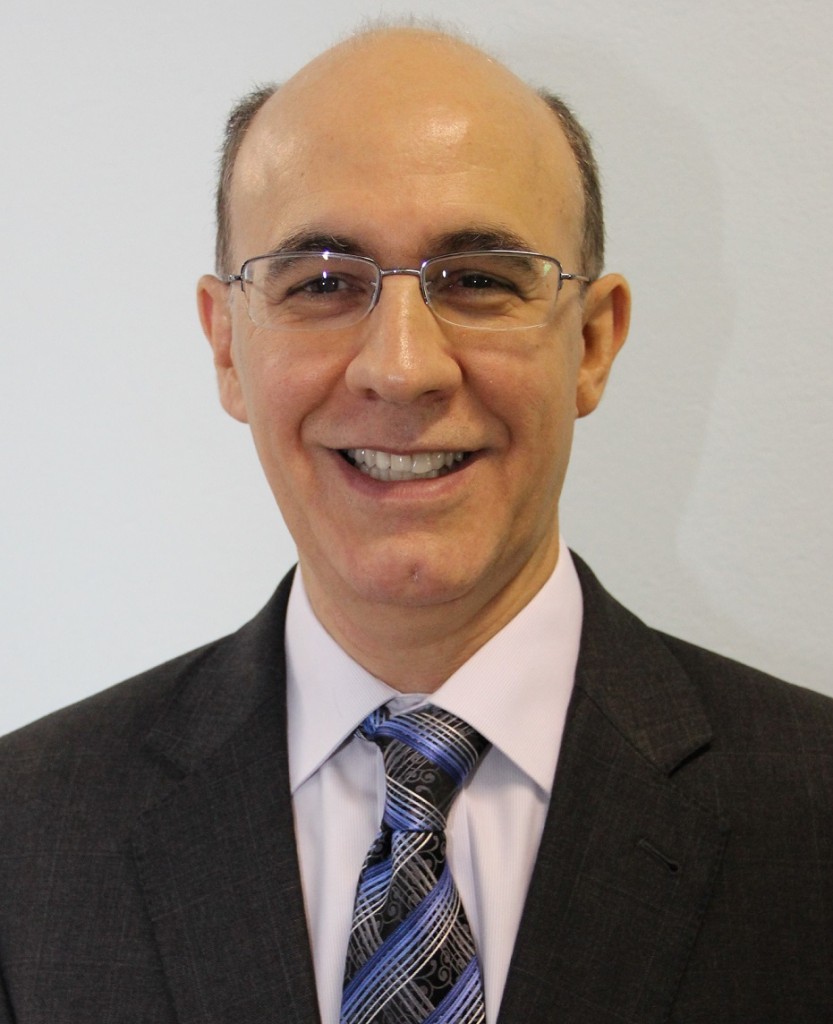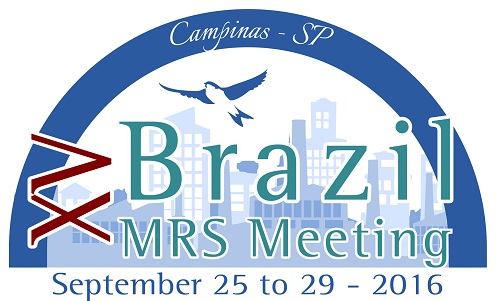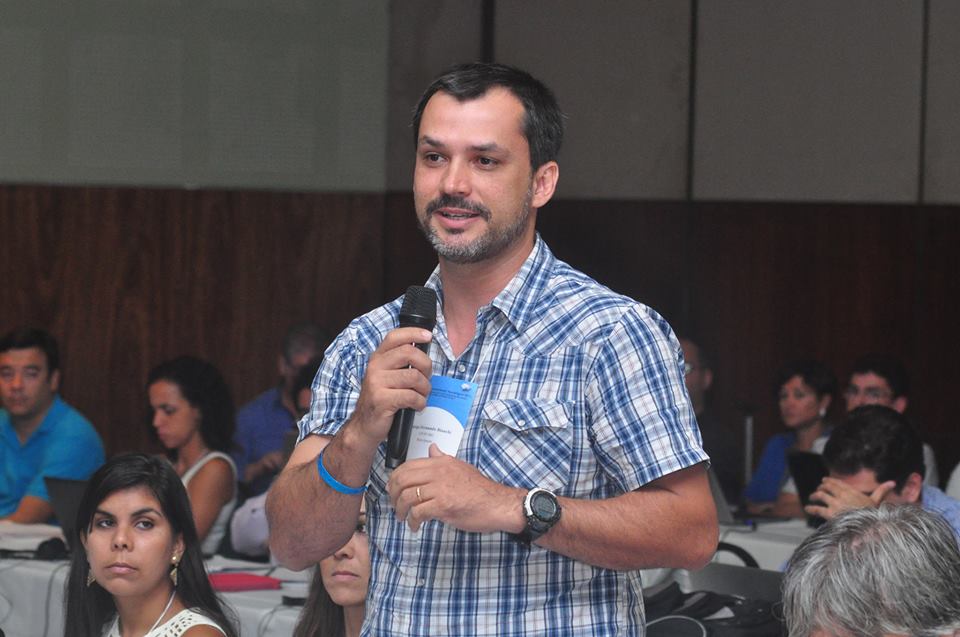
In the month when the SBPMat University Chapters program completes two years of existence, we interviewed its coordinator, Professor Rodrigo Fernando Bianchi of the Federal University of Ouro Preto (UFOP), scientific director of SBPMat.
Curious since his childhood to understand the phenomena of nature, Rodrigo Bianchi chose Physics as his undergraduate major, which he studied between 1992 and 1995 in his native city, at the São Carlos Institute of Physics of the University of São Paulo (IFSC-USP). Research opportunities appeared and later he earned a master’s and doctoral degree in the area of Materials, also in the IFSC-USP, under the guidance of Professor Roberto Mendonça Faria. He received his master’s degree in 1997. In 2000, during the doctorate program, he spent six months doing research in United States, at the University of North Carolina at Chapel Hill, (a research stage known as a “doctoral sandwich” program). In 2002, he received the degree of Doctor of Science at IFSC-USP.
During his undergraduate studies, Bianchi complemented his academic activities with tutoring at USP, until he became a teacher at the Electronic Systems Engineering Department in 2004. In 2006, he became a professor in the Physics Department of UFOP. That same year he created the Laboratory of Polymers and Electronic Properties of Materials (LAPPEM). From 2011 to 2013 he was a visiting researcher at the Department of Electrical Engineering and Computer Sciences at the University of California, Berkeley, USA. Between 2013 and 2014, he was the coordinator of the Center for Technological Innovation and Entrepreneurship of UFOP.
Since the creation of LAPPEM, the research and development work carried out by the research group and collaborators of the laboratory have produced scientific papers, patents and enterprises, and have received national-level awards. For example, in 2008, the group was awarded 3rd place in the Werner von Siemens Technology Innovation Award in the “Health” modality and the Incentive Award in Science and Technology for SUS, given by the Ministry of Health for the development of neostickers. Designed for blue light phototherapy to treat neonatal jaundice, the neostickers are organic light-emitting diode sensors that indicate the optimum point of blue light accumulation for the treatment.
Another one, among the several recognitions that took place earlier this year, was a project created by LAPPEM members to introduce to the market a development conducted in the laboratory, which was classified in fourth place among 1.500 startups in Brasil in the ranking “100 Open Startups”. In this case, the product was an adhesive, also based on organic luminescent material, which allows to monitor the level of ultraviolet (UV) radiation absorbed by human skin.
Currently, and since 2014, Rodrigo Bianchi is scientific director of SBPMat. When he took over the direction, he received the assignment to create and lead the SBPMat University Chapters (UCs) program, which currently has eight participating groups based in universities of five Brazilian states. Bianchi is also dean of Planning and Development of UFOP and permanent professor of the postgraduate programs in Materials Engineering and Science: Physics of Materials.
Awarded a level 2 CNPq productivity scholarship, Bianchi is the author of 7 filed patents and more than 40 articles published in international indexed journals. He has supervised 19 master dissertations and six doctoral theses.
The following is an interview with the researcher.
SBPMat Newsletter: – Tell us why you became a scientist and what led you to work in the Materials area.
Rodrigo Bianchi: – I was always a curious child trying to understand the phenomena of nature. This “curiosity” has accompanied me throughout my journey as a scientist, from the basic and secondary cycles, through my studies in Physics in the Institute of Physics of São Carlos, USP, and postgraduate studies in Materials Science and Engineering, also at USP, up to the research lines that I coordinate at UFOP, in polymeric electronic devices applied to healthcare. The research opportunities in polymers I had since my undergraduate years led me to work closer in the applied area. As a result, from Physics I went to Materials Science and Engineering, and today I consider myself a “physicist – materials engineer” with research lines focused on both the fundamental study of charge transport phenomena in organic electronic devices, as well as the idealization of sensors applied to neonatology, to the food area and to the monitoring and control of radiation.
SBPMat Newsletter: – In your assessment, what are the main contributions to the Materials area? Please also tell us of the cases in which you participated to transform scientific knowledge into products.
Rodrigo Bianchi: – Without a doubt I believe that the main contribution was to use the phenomena that made organic electronic devices not feasible for the market, such as photodegradation, that led to low durability and poor performance of organic light emitting diodes (OLEDS), to develop innovative sensors. Something like knowing the principles of operation and limitation of devices that were still in the maturation phase to create new sensors with different applications. An example of this strategy was the use of color change of the OLEDs, generated by the exposure of oxygen and light, which precluded many of the commercial applications of these systems, to develop colorimetric radiation sensing in the form of nanofibers, films and gels. In other words, develop 1, 2 and 3D scale sensors to use in different health areas: from phototherapy control for neonatal jaundice to monitoring UV radiation for sunbathers and construction and rural workers, up to the monitoring of cobalt processes, radiotherapy and food irradiation. So, encouraged by such research, partnerships and guidelines, besides our group in UFOP, there are currently other research groups working in the area in Brazil and abroad. Furthermore, our group is currently composed of physicists, chemists, food engineers, pharmacists and many students and professionals focused on developing multidisciplinary research in the field of organic electronics. The group has generated dozens of articles, patents and guidelines, with a focus to always understand the fundamental phenomena in order to develop innovative organic devices. Due to this characteristic, our team members have been awarded important innovation awards, as for instance by the Ministry of Health, Siemens and the Government of the State of Minas Gerais.
From a technological point of view, the As31 startup, created by students to market these products, was recently in fourth place in the ranking of the 100 Open Brazilian Startups, and regularly meets with major companies to establish B2B partnerships (business-to-business) to launch products into the market. This was the second startup created by members of our research group. The lesson we learned is that there are many difficulties related to creating technological and innovative products. Therefore, the first step to launch a startup involves having a well-trained and competent scientific and technological team. However, having the courage to change and modify the direction of the company is fundamental. For example, today the As31 has two Smart Tags as driving-force products: one to indicate to the consumer possible raw meat contamination processes, caused by temperature variations during its shelf-life, and another to indicate when bathers, especially children, should reapply sunscreen. two applications that emerged from the observation of the problems of OLEDs for more than ten years and which are currently very up to date.
SBPMat Newsletter: – The SBPMat University Chapters (UCs) program, which you have coordinated from the beginning, celebrates its two year anniversary this month. Give us your personal assessment of the results achieved to date and tell us about your plans for the program going forward.
Rodrigo Bianchi: – About the SBPMat UC program, I have to say it has been a great pleasure to participate in this creation and in the work done. It’s a challenge and not an easy task setting up a work routine and the involvement of students who are the future of the materials area in the country. We now have materials groups spread out and concentrated in all regions of the country, from north to south, from east to west. Then, it is very important to unite these students in a single cause, and as a result provide them their value in society. How to do this? Our strategy was to encourage students to form their groups, and this included numerous lectures and disseminations of UCs across the country. Once the UC program were created, most important thing was to encourage students to organize a symposium at the annual SBPMat meeting, in which students had a leading role in society by getting involved in establishing the program and also in organizing the event. An innovation, because I don’t know of any other materials entity that has provided such an opportunity until now. This happened in Rio de Janeiro in 2015 and the involvement and success of the students was clearly seen. These were high-level scientific lectures involving not only materials science themes, but also ethics and scientific writing, for example. In other words, themes that interest directly the students, who are the future of the Materials area in the country. For the next meeting in Campinas, the students are organized to again coordinate this symposium. Regarding the future? The answer is to encourage the formation of new groups, interaction among students and consolidate the participation of everybody in SBPMat.
SBPMat Newsletter: – We always ask the person interviewed in this section of the newsletter to leave a message for those who are beginning their scientific careers. Would you like to say something in particular to these future scientists / junior scientists?
Rodrigo Bianchi: – As a final message to the readers, especially the younger ones: “the Materials area is extremely rich and gives us the opportunity to interact with various themes and professionals from many fields of knowledge. So, enjoy this significant feature. Get involved with competent and motivating people, and have the courage to innovate and bring your ideas into the market. Brazil needs this and you can make a difference!”

